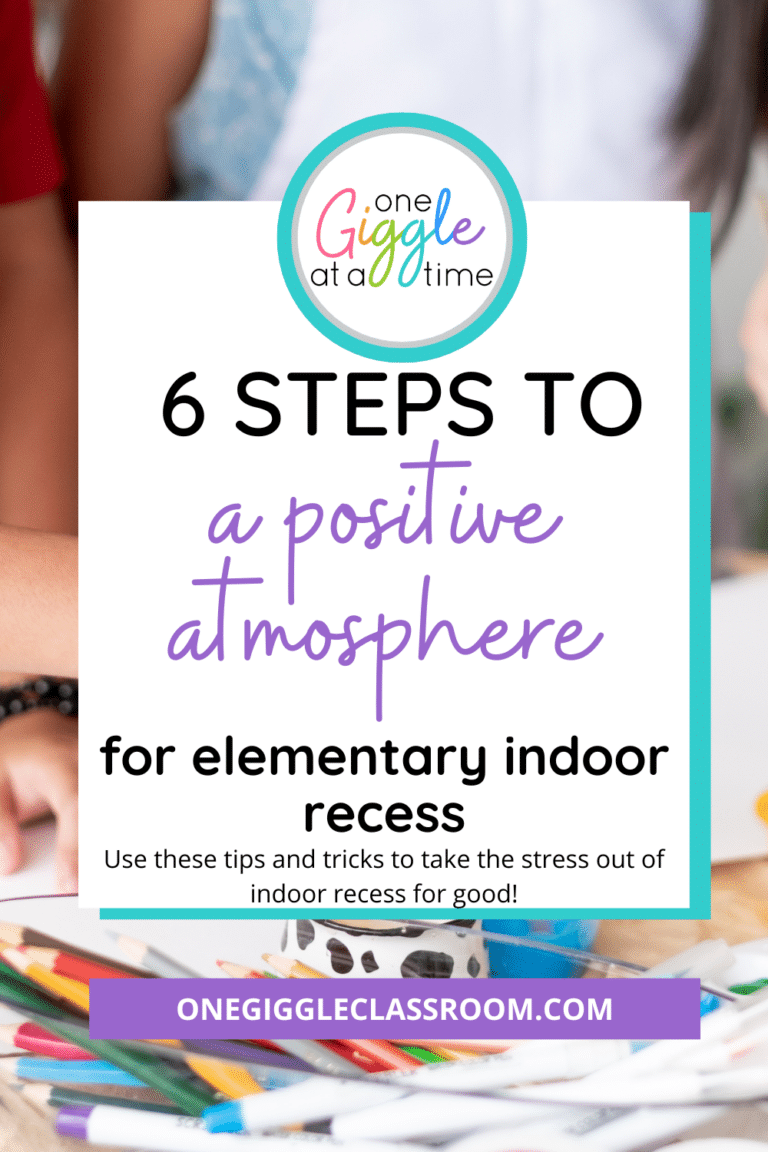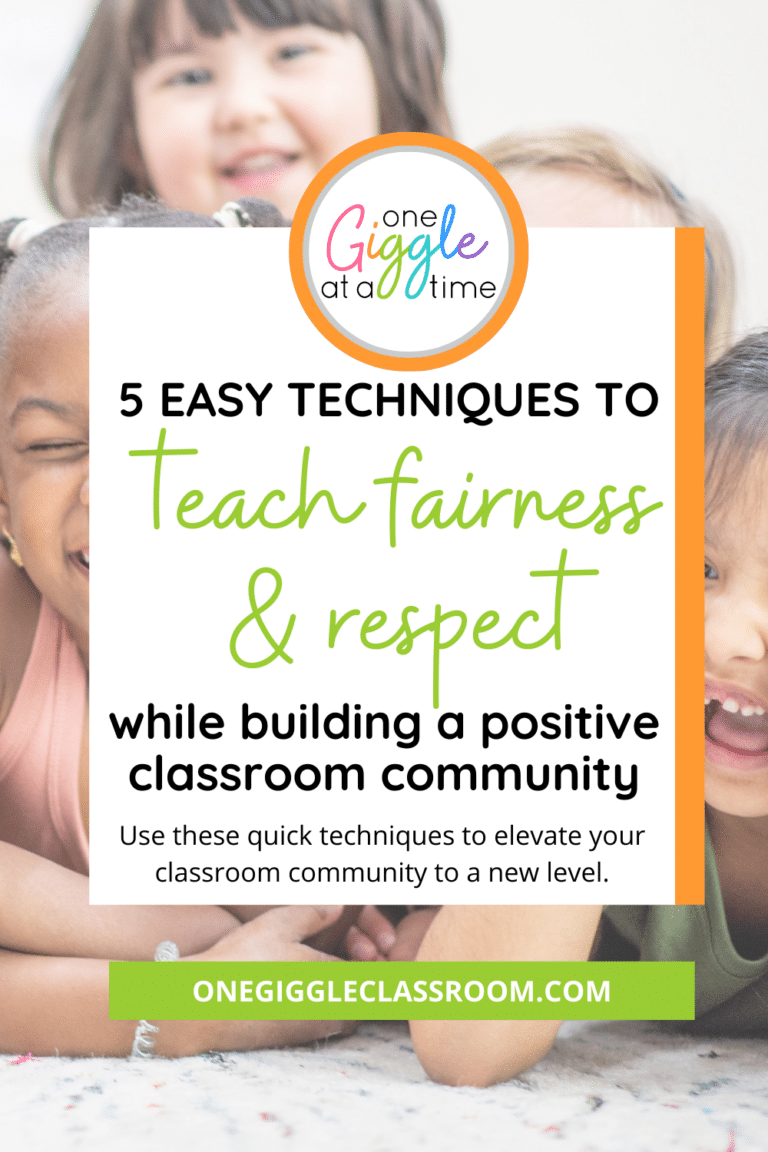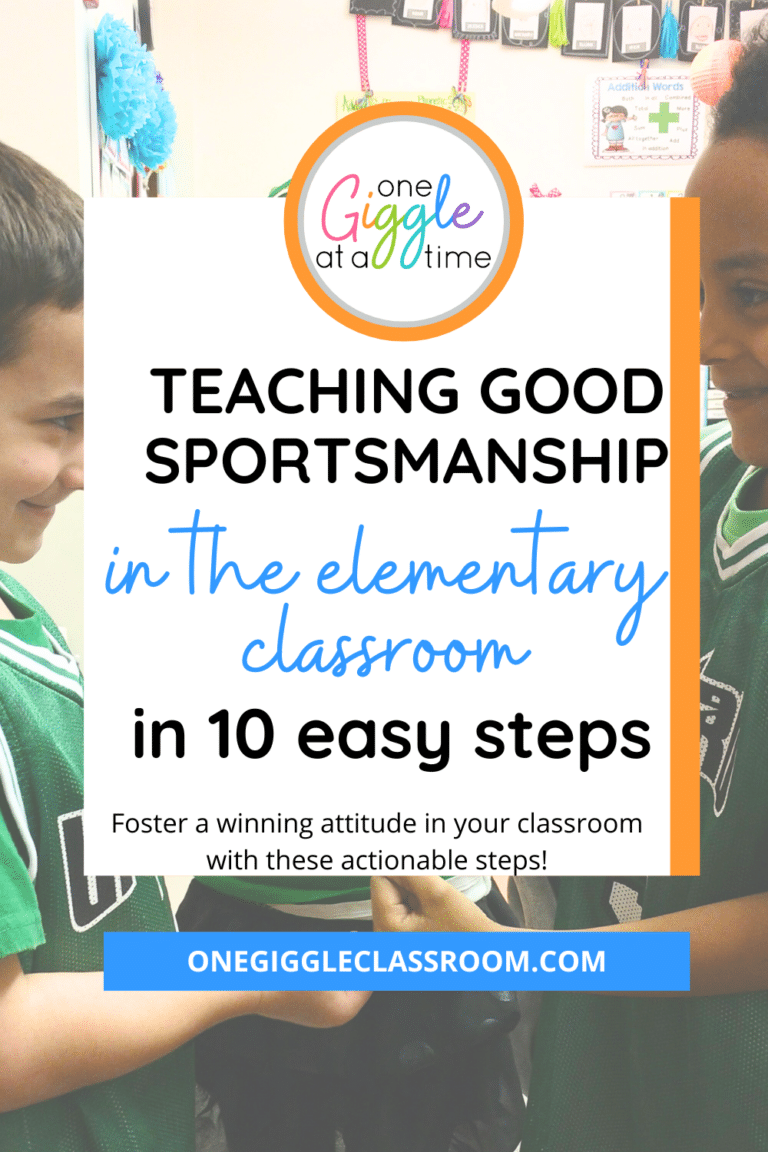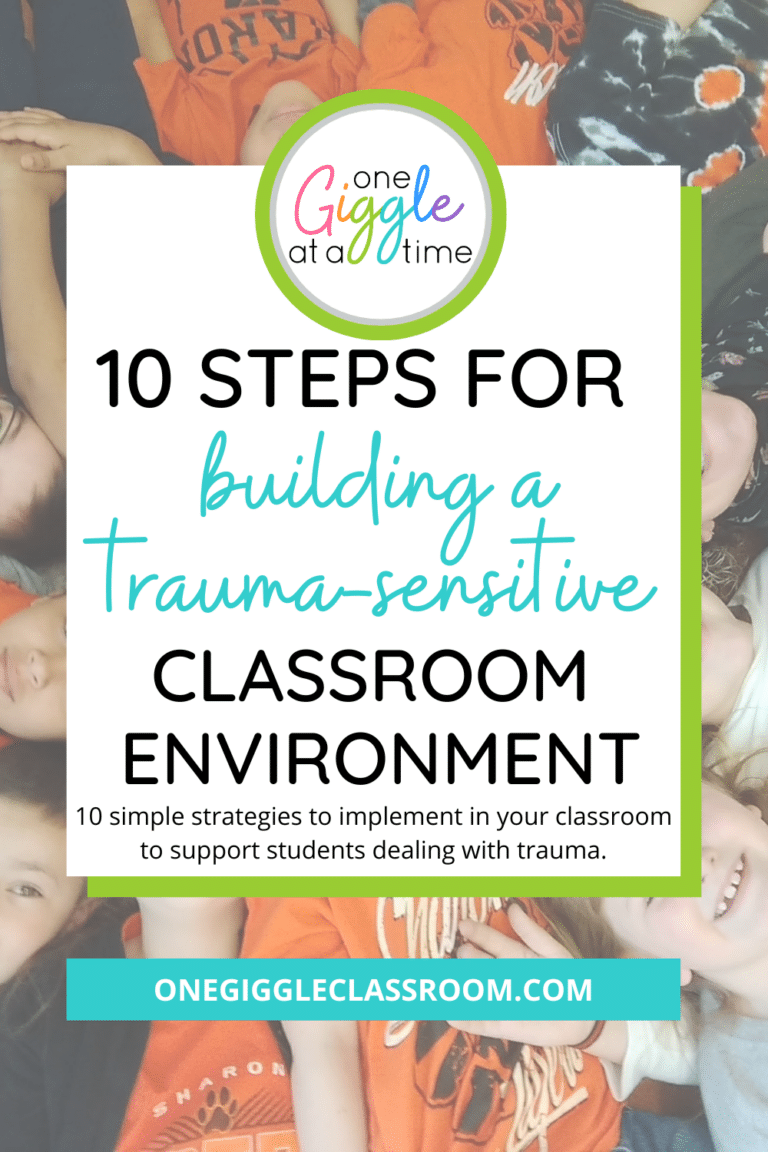
11 ENGAGING Ways to Teach Social-Emotional Learning in the Classroom
Share This:
Social-Emotional Learning Series Part 2
When you teach social-emotional learning skills, you can rest assured that you will have a huge impact on your students. Read on for 11 specific ideas about how you can do so to have the biggest impact on your students now and for life!

5 Components of Social-Emotional Learning
For well-rounded social-emotional well-being, students need to learn the following skills:
- Self-awareness
- Self Management
- Social Awareness
- Relationship Skills
- Responsible Decision Making

Why Teach Social-Emotional Learning Skills in the Classroom
Social-emotional learning benefits every student— and teachers too! The value of SEL is impactful and truly long-lasting.
It can be incorporated into many facets of your classroom and day and is so worth your time.
Read more about why you should teach SEL in your classroom in part 1 of this series.
11 Ways to Teach Social-Emotional Learning in the Classroom
- Incorporate a Feelings Circle
- Use feelings check-ins
- Include partner and group work
- Use social skills stories
- Have class meetings
- Nurture a culture of respect and kindness
- Build social-emotional vocabulary
- Include reflective writing
- Use mindfulness lessons
- Encourage expression through art
- Have a common classroom goal
1. Feelings Circle
During a Feelings Circle, students pass an object and answer the question “How are you feeling today?”

They can share as much or as little as they would like. This encourages self-awareness and helps build social awareness as they listen to peers.
2. Feelings Check-In
Feelings Check-Ins allow students to stop and think about how they are feeling. Teach your class that it’s normal for their feelings to change throughout the day.
Using a visual check-in chart like this puts the focus on the fluidity of feelings. When students learn that feelings can change throughout the day, their rebound time from sad, upset, or angry emotions is quicker!
Encourage your students to change their emotions on the check-in chart throughout the day as needed too!
3. Partner and Group Work
Include partner and group work as often as possible during the day. Students learn positive relationship skills as they work together.
This can look like:
- partner reading
- morning tubs
- group projects
- partner jobs
4. Social Skills Stories
Use social skills stories in your classroom to make learning easier for little ones as you teach social-emotional learning skills. These stories provide a concrete visual set of clues that make the explanation of specific occurrences, behaviors, social interactions, concepts, or skills easy for kids to understand.
Social skills stories allow students to become more self-aware, manage their emotions, and make responsible decisions.
5. Class Meetings
Class Meetings are an opportunity for students to speak what is on their hearts or minds in a safe space.

These meetings can be scheduled or unscheduled and teach-led or student-led– any way is beneficial for positive SEL.
6. Culture of Respect and Kindness
Create a culture of respect and kindness in your classroom.
Children learn best through explicit teaching. It may seem obvious, but if you want them to be respectful and kind, you should model these behaviors.
Don’t be sarcastic or ever speak poorly of colleagues. Highlight the positive actions and behaviors you see students exhibiting instead of only pointing out the ones that need improvement.
Incorporate visuals in your classroom that also encourage these behaviors. Get these FREE kindness posters for your classroom below!

A Kindness Challenge is another fun way to promote this positive classroom culture. Read more about it here.
7. Social-Emotional Vocabulary
Teach students the words for their emotions and exactly what they mean so they can use those words to communicate their feelings.

This Feelings & Emotions Social Skills Story and Activity Set includes posters displaying 24 different emotions to make this step in teaching SEL a breeze!
8. Reflective Writing
Reflective writing encourages little ones to be aware of their own feelings and make appropriate decisions as a result of this self-awareness.
Use journal pages from the Feelings & Emotions Resource, exit tickets, or a Worry Jar to switch up the ways students reflect.
9. Mindfulness Lessons
Help students learn to be mindful of their feelings through different activities and lessons.
Start by doing this as a class, but encourage students to be self-aware and identify moments when they may need to use a calming strategy on their own.
Examples include:
- Yoga
- breathing exercises
- relaxation techniques
- nature sounds
- soft music


Get a FREE copy of the Rainbow Breathing visuals for your classroom below!
10. Expression through Art
Encourage students to express their feelings through art.
An art area is great to include in center time, but you can also incorporate art into many of your lessons as well!
11. Common Classroom Goal
Create a classroom incentive to gain points toward a reward. This common classroom goal builds a strong classroom community.

Examples include:
- Walking quietly in the hallway for X number of days results in a special treat like popsicles (see my post on incorporating severe food allergies in your classroom for additional considerations)
- Behaving respectfully in the school assembly results in extra recess time the next day
Positive SEL sets your students up for life-long success and encourages a deep belonging in your classroom. I hope these 11 activities give you the confidence you need to teach social-emotional learning in your classroom this year. You can do this!
Pin this post to refer to it later!

Related SEL resources:
Yearlong Social Skills Stories Bundle
Personal Space Social Skills Story and Activities
You also might like to read:
7 Successful Strategies for Teaching Respect of Personal Space to Kids
How Social Skills Stories Build the Positive Classroom Climate You Are Craving
GUIDE STUDENTS IN DEVELOPING A GROWTH MINDSET WITH THESE
Free Growth Mindset Punch Cards
The perfect way to start meaningful habits and conversations with your students!
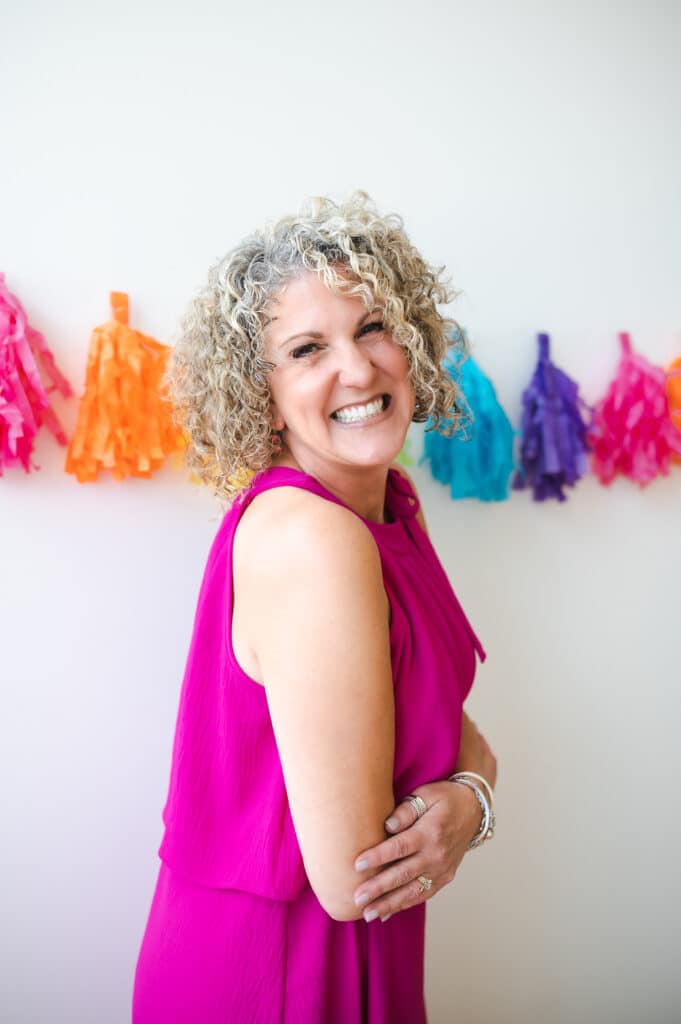

Diane Romo
Thank you for being here! I love sharing ideas with other teachers! If you are looking to enhance your teaching and build a positive classroom community, you have come to the right place!
















